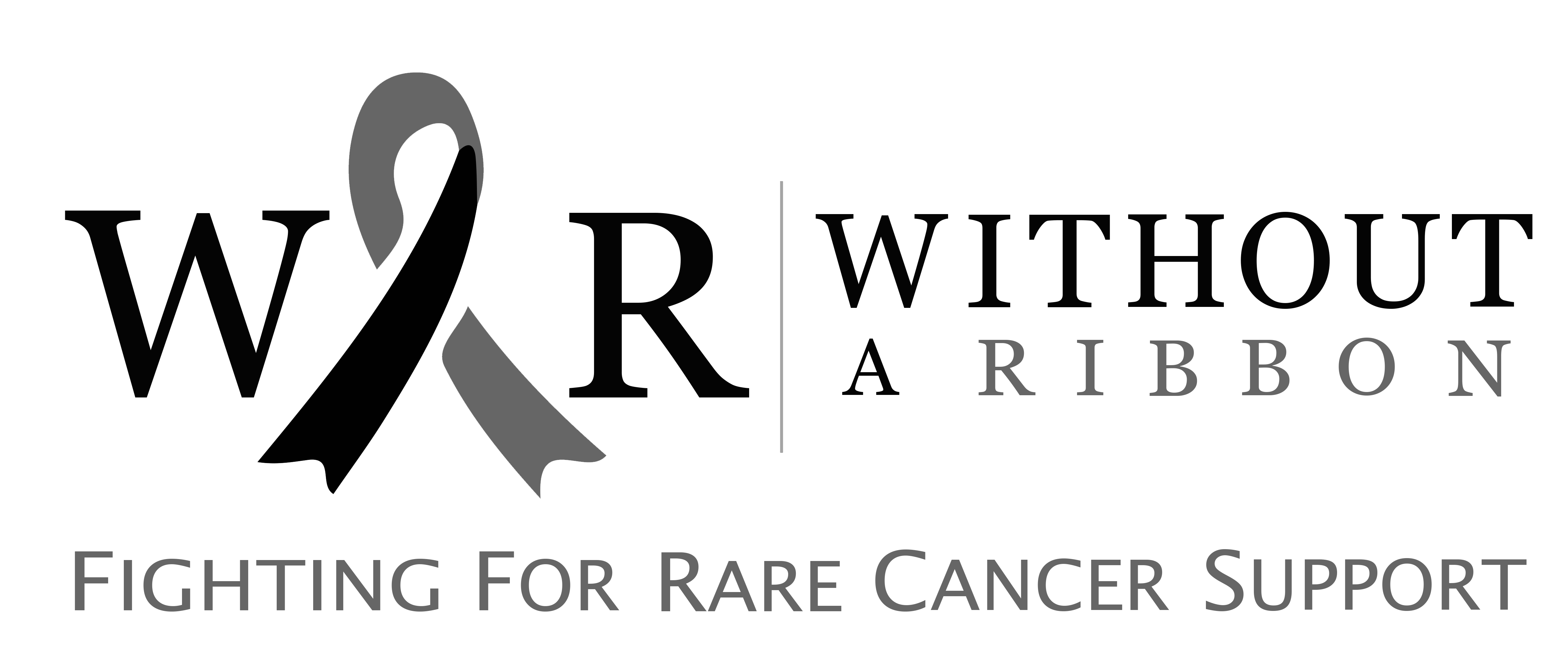What Is Extraskeletal Chondrosarcoma?
Extraskeletal Chondrosarcoma is a rare, high grade cancerous soft tissue tumor, which consists of cartilaginous producing cells that develop in the soft tissues instead of bones. High-grade tumors are those who tend to grow and spread more quickly than low-grade tumors.
There are two types of extraskeletal chondrosarcomas, these are; extraskeletal myxoid chondrosarcoma and extraskeletal mesenchymal chondrosarcoma. Extraskeletal myxoid chondrosarcoma most frequently develops in the extremities (limbs). The thighs are perhaps the common sites. While, extraskeletal mesenchymal chondrosarcoma most frequently develops in the head, neck, brain, meninges, and eye orbits. It can also develop at the thighs.
Disease Epidemiology
Extraskeletal chondrosarcoma makes only 2% of soft-tissue sarcomas and 1% of all chondrosarcomas. It is more common in males as compared to females. Extraskeletal myxoid chondrosarcoma mostly occurs in the 5Th decade of life and is very rare in children and adolescents, while extraskeletal mesenchymal chondrosarcoma is most prevalent in the younger age group. In 70% of cases, extraskeletal myxoid sarcoma affects the deep soft tissues of extremities (shoulders, arms, buttocks, and legs).
Disease Etiology
A genetic mutation (alteration) in a certain gene and some predisposing risk factors like age, male gender, a previous exposure to certain radiations, radiotherapy, chemotherapy, and previous history of injury are the causes behind the development of Extraskeletal chondrosarcoma.
Signs and Symptoms
Signs and symptoms depend upon the site of the tumor. For example, mesenchymal chondrosarcoma of the brain shows the symptom of blurred vision. Common signs and symptoms are:
- Presence of a hard palpable (touchable) mass which is rarely painful.
Diagnosis
Following diagnostic tests and procedures can be used to make a diagnosis. These are:
- Radiological and imaging techniques like CT-scan, PET-scan, MRI, and X-ray.
- FNAC (fine needle aspiration cytology)
- Tumor Biopsy
- Immunohistochemistry
Treatment
General treatment options are wide surgical resection (excision) of the tumor, chemotherapy, radiotherapy, and immunotherapy. Resection is the process of cutting out the affected part of the tissue or organ by using surgical techniques.
Extraskeletal Myxoid Chondrosarcoma
The following are the treatment options for Extraskeletal Myxoid Chondrosarcoma.
- Wide surgical excision of the tumor with adjuvant chemotherapy
- Amputation and limb-sparing surgery with adjuvant radiation and chemotherapy, where the tumor spread to a greater portion of the limb, and excision of the tumor is not possible.
Extraskeletal Mesenchymal Chondrosarcoma
The following are the treatment options for Extracellular mesenchymal chondrosarcoma.
- Wide resection with adjuvant (applied after the excision of tumor) chemotherapy
- Radiation therapy for the close margins tumors of pelvis and spine.
What support can we give for Extraskeletal Chondrosarcoma?
Extraskeletal Chondrosarcoma is a rare cancer, meaning it is not as well known as other forms of cancer. Without a Ribbon is an Australian organisation that provides support for individuals who suffer from rare cancers. We provide a designated platform for Warriors to obtain information specific to their Rare Cancer. We also provide annual opportunities for our Warriors to meet and learn from each other. If you suffer from rare cancer such as Extraskeletal Chondrosarcoma we can help and support you through your journey thanks to the generous donations we receive. Click the link below to sign up and become a Warrior today!
You can help us with your donation:
Without a Ribbon is a charity that works hard to aid those who suffer from rare cancers. You can help our cause in a variety of ways: Donations – Without a Ribbon is grateful for every donation received. Giving to Without a Ribbon helps us to provide ongoing support, organise the annual gathering and subsidise the costs of our Warriors attending these conferences. Sponsorship – If you wish to sponsor our charity, please contact us using this form. Volunteering – We are always looking for volunteers to help with different aspects of running our charity. If you are looking for volunteer work, please feel free to contact us.


